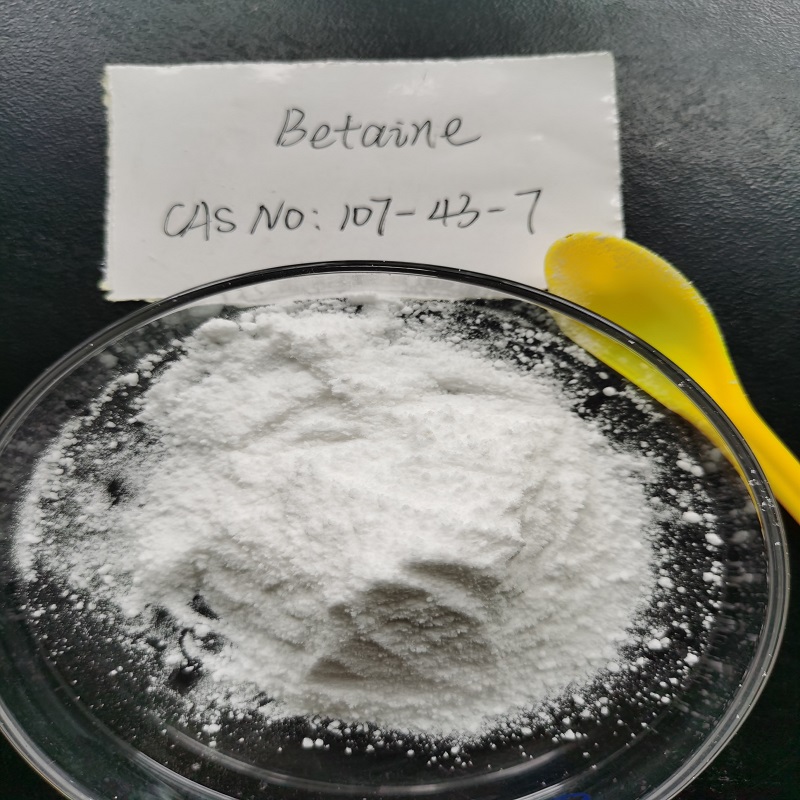Betaine series surfactants and their properties
Betaine series amphoteric surfactants are amphoteric surfactants containing strong alkaline N atoms. They are truly neutral salts with wide isoelectric range. They show dipole characteristics in a wide range. There are many evidences that betaine surfactants exist in the form of internal salt. Therefore, it is sometimes called quaternary ammonium internal salt surfactant. According to the different negative charge center carriers, the betaine surfactants reported in the current research can be divided into carboxyl betaine, sulfonic betaine, phosphoric betaine, etc.
Betaine series amphoteric surfactants are neutral salts with wide isoelectric range. They show dipole characteristics in a wide pH range. Due to the existence of quaternary ammonium nitrogen in molecules, most betaine surfactants have good chemical stability in acidic and alkaline media. As long as the molecule does not contain functional groups such as ether bond and ester bond, it generally has good oxidation resistance.
Betaine series amphoteric surfactants are easy to dissolve in water, in concentrated acids and bases, and even in concentrated solutions of inorganic salts. They are not easy to act with alkaline earth metals and other metal ions. Long chain betaine is easy to dissolve in aqueous medium and is not affected by pH. The solubility of betaine is mainly affected by the number of carbon atoms. The concentration of lauramide propyl betaine sx-lab30 dissolved in aqueous medium can reach 35%, but the solubility of homologues with longer carbon chains is very low.
The hard water resistance of surfactants is manifested in their tolerance to calcium and magnesium hard ions and their dispersing power to calcium soap. Many betaine amphoteric surfactants show very good stability to calcium and magnesium ions. The calcium ion stability of most sulfobetaine amphoteric surfactants is stable, while the calcium ion stability value of the corresponding secondary amine compounds is much lower.
Betaine series amphoteric surfactants are rich in foam. After the combination with anionic surfactants, the molecules interact strongly. The effect of foaming and tackling is increased significantly. Moreover, the foam properties of beet beet surfactants are not affected by the hardness of water and PH of the medium. They are used as foaming agents or foamers, and can be used in a wide range of PH.
